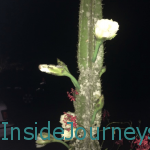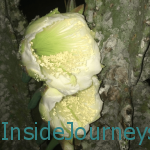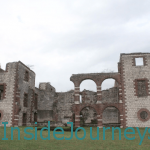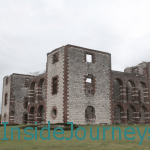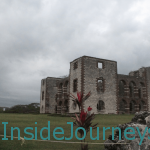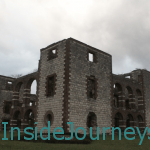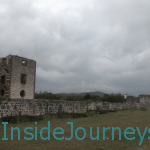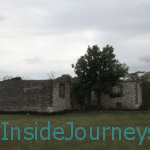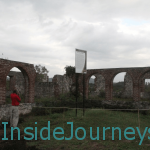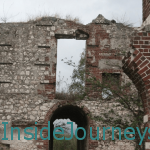The one thing everyone says about Costa Rica is how lush it is. And despite having near drought conditions (it was the rainy season but there was little rain and we heard of water lock-offs), much of the landscape in the northwest still looked green.



I had traveled to Playa Potrero, Costa Rica in Central America to celebrate a milestone birthday of one of my close friends. It was a welcome break for me. I didn’t bring my laptop – the first time I’d traveled without it in more than 5 years – so I could disconnect totally from the everyday details that filled up the spaces in my life and reconnect with longtime friends.
We played trivia games, read, walked the beach, slept, ate, drank copious amounts of wine and one day the women in the group – all five of us – headed to the nearby town of Tamarindo for a day at Coco Beauty Spa, and lunch. (I chose Coco’s natural volcanic mud wrap – Costa Rica has more than 100 active volcanoes – and relaxed for almost an hour in warm mud. Everyone said I looked relaxed and glowing after. )
Zip lining Costa Rica

Did you go zip lining?
It’s the one question everyone’s asked since I returned. I nod as I smile. Seems zip lining is the thing to do in Costa Rica so I was glad to have my début there. Joan, one of the other ladies in our group, and I were the only ones who decided to leave the comfort of the villa for some outside activity.
The Congo Trail Canopy Tour with a total of eleven lines and two hanging bridges caught our attention. The longest line was about 900 feet, the shortest about 400 feet. While it was fun flying through the air, I would have preferred to see the beautiful trees up close.
To avoid losing our cameras, we left them at the company’s office. They took one photo of each of us as we approached the second line (I have proof that I actually zip lined!).

As we waited for our guide, we watched several capucin monkeys as they swung from tree to tree. They moved quickly but this one came close enough as if he wanted to see who we were and what we were doing. Isn’t that the cutest face you’ve seen?

Signs like these remind us how zealously Costa Ricans guard their natural treasures. We were warned not to take anything, not even shells from the beach, when we were leaving the country.
The dark brown sand, soft and compact under our feet and the warm, inviting waters of the Atlantic called to us from just beyond the gate of the villa. My friend said he saw whales in the distance. I kept an eye out, hoping I’d see one but didn’t. Most afternoons, we’d stroll the length of the beach, oblivious to the broiling rays of the sun.

Each evening, we gathered on the back patio, cameras in hand, and waited for the sun to paint the sky with dazzling purples, oranges, blues and yellows.



All too soon, our week of pura vida (real living) came to an end and it was back to long days, busy schedules and long commutes. Every so often, I’ll pull out my phone, look at my photos and smile. Pura vida!
Linking up this week with Travel Photo Thursday, that Nancie at Budget Travelers Sandbox organizes.


